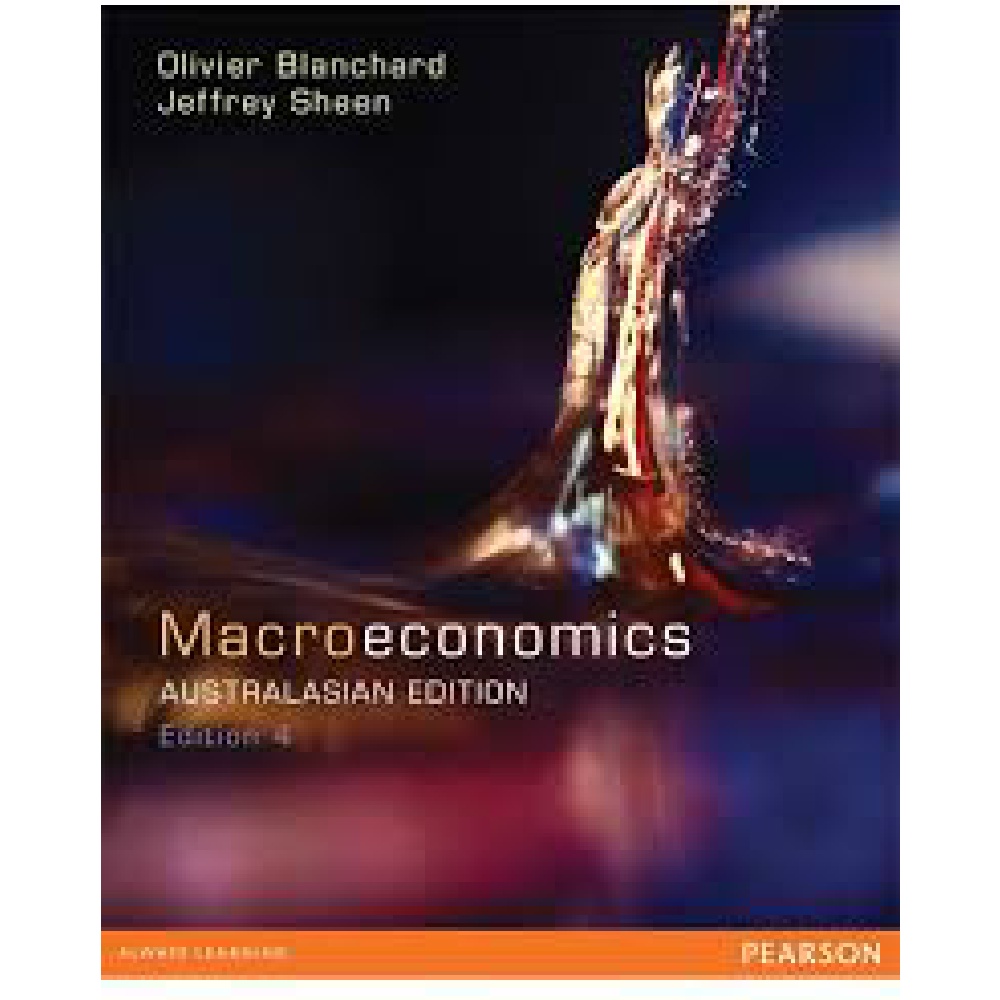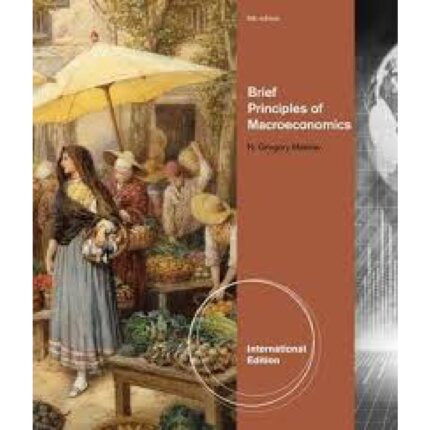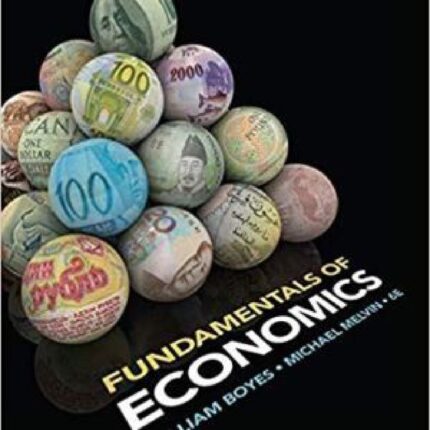MULTIPLE CHOICE. Choose the one alternative that best completes the statement or answers the question. 1)
If endogenous growth models are correct, a lower rate of growth in the long run could occur as a
result of which of the following? 1) A) A lower rate of depreciation. B) A redefinition of depreciation. C) A lower rate of saving. D) A redefinition of the steady state. E) A redefinition of saving. Answer: C
Explanation: A) B) C) D) E) 2) In the richer countries, over the past two centuries: 2) A) physical capital has increased significantly, but not human capital. B)
physical capital has steadily increased, while human capital first increased and then
decreased. C) human capital has increased significantly, but not physical capital. D) physical and human capital have both increased significantly. E)
physical and human capital have both increased significantly, but the increase in physical
capital has caused almost all of the growth in output. Answer: D
Explanation: A) B) C) D) E) 3)
Suppose the saving rate is initially greater than the golden rule saving rate. We know with certainty
that a decrease in the saving rate will cause: 3) A) a decrease in consumption per worker. B) a decrease in output per worker. C) a decrease in the rate of growth in the long run. D) All of the above. E) None of the above. Answer: B
Explanation: A) B) C) D) E) 1
4)
With the presence of technological progress, for this economy, we know that the level of output per
worker will: 4) A) increase over time. B) increase or decrease, depending on the rate of saving. C) decrease as a result of decreasing returns to scale. D) increase or decrease, depending on the rate of depreciation. E) remain constant. Answer: A
Explanation: A) B) C) D) E) 5)
Suppose an economy experiences a 6% increase in K, N, and H (human capital). Given this
information, we know with certainty that: 5) A) Y will increase by less than 6%. B) Y will increase by more than 6%. C) Y will not change. D) Y will increase by exactly 6%. E) Y will increase by less than 12% but more than 6%. Answer: D
Explanation: A) B) C) D) E) 6)
Assume that technological progress does not occur. In Japan, the rate of saving has generally been
greater than in the U.S. Given this information, we know that in the long run: 6) A) The U.S. growth rate will be greater than the Japanese growth rate. B) Output per worker in Japan will be greater than U.S. output per worker. C) Output per worker in the U.S. will be greater than Japanese output per worker. D) Japan’s growth rate will be greater than the U.S. growth rate. E) Capital per worker in Japan will be no different than U.S. capital per worker. Answer: B
Explanation: A) B) C) D) E) 2
7)
Suppose a recent budgetary policy results in an increase in the national saving rate. Such a change
in the saving rate will not affect which of the following variables in the long run? 7) A) The rate of growth of capital per worker. B) The level of output. C) The level of investment. D) Capital per worker. E) Output per worker. Answer: A
Explanation: A) B) C) D) E) 8)
Suppose the economy is initially in the steady state. A decrease in the depreciation rate (Έ) will
cause: 8) A) a decrease in Y/N.
B) a decrease in C/N.
C) an increase in K/N.
D) an increase in the growth rate in the long run. E) a decrease in the saving rate. Answer: C
Explanation: A) B) C) D) E) 9) Which of the following will likely cause an increase in output per worker? 9) A) An increase in education expenditures. B) An increase in on-the-job training. C) An increase in capital accumulation. D) An increase in the saving rate. E) All of the above. Answer: E
Explanation: A) B) C) D) E) 3
10)
Assume zero population growth and zero technical change. If an outbreak of war destroys a large
portion of a country’s capital stock but the saving rate and the rate of depreciation are unchanged,
the growth model predicts that output will: 10) A) cease to grow. B) grow but the new steady state will be at a higher output level than before. C) grow but the new steady state will be at a lower output level than before. D) decrease to a new steady state. E) grow and the new steady state will be at the same output level as before. Answer: E
Explanation: A) B) C) D) E)

Medical Emergencies Essentials For The Dental Professional 2nd Edition By Grimes – Test Bank $35.00 Original price was: $35.00.$20.00Current price is: $20.00.

Organic Chemistry With Biological Topics 5th Edition By Janice Smith – Test Bank $35.00 Original price was: $35.00.$20.00Current price is: $20.00.
Macroeconomics 4th Australian Edition By Olivier Blanchard – Test Bank
$35.00 Original price was: $35.00.$20.00Current price is: $20.00.
This is not a Textbook. Please check the free sample before buying.
Edition: 4th Edition
Format: Downloadable ZIP Fille
Resource Type: Test bank
Duration: Unlimited downloads
Delivery: Instant Download
Category: Economics
Description
Reviews (0)
Be the first to review “Macroeconomics 4th Australian Edition By Olivier Blanchard – Test Bank” Cancel reply
Instant Delivery By Mail











Reviews
There are no reviews yet.